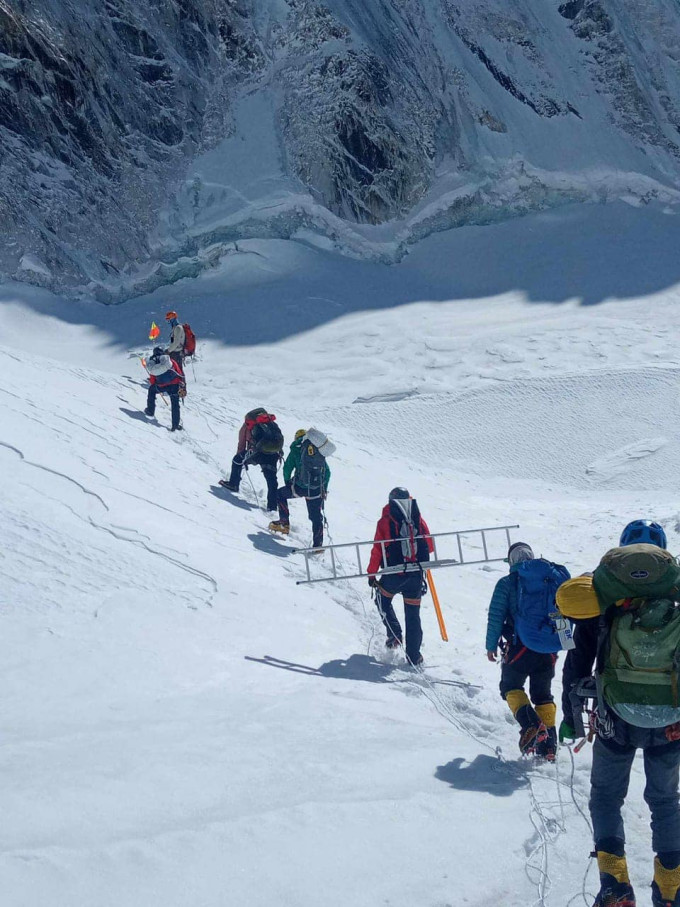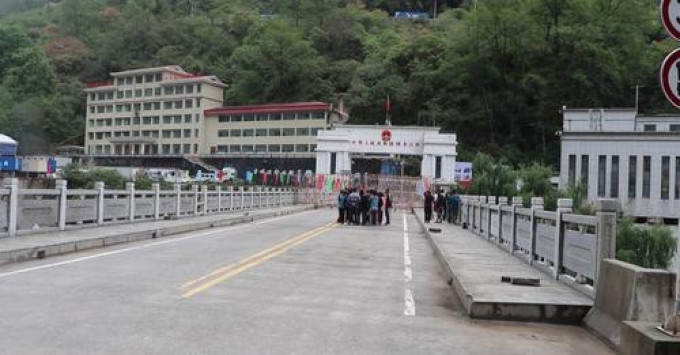Although the ozone hole over Antarctica is well known, few people are aware that the protective ozone in the stratosphere periodically breaks down over the Arctic, depleting the ozone layer there. Prior to that, it occurred in the spring of 2011 and most recently in the months of spring 2020.
A new study published in ETH Zurich has established that the destruction of ozone over the Arctic in the spring causes abnormal weather throughout the northern hemisphere, with many places being warmer and drier than average -- or too wet.
Climate scientists have recorded weather abnormalities every time the ozone layer has been breached, which has affected the whole northern hemisphere. Those spring seasons were extremely warm and dry in Siberia, central and northern Europe, Russia, and especially in the former Soviet Union. However, there were other places, like the arctic regions, where it was damp. These meteorological irregularities were especially noticeable in 2020. Additionally, that spring in Switzerland was abnormally warm and dry.
Climate research is divided on the issue of whether the loss of stratospheric ozone causes the observed weather anomalies. Another factor is the stratospheric polar vortex, which develops in the winter and dissipates in the spring. The facts and conclusions reached by scientists who have so far investigated the phenomenon are incongruous.
Thanks to doctoral candidate Marina Friedel and Ambizione Fellow Gabriel Chiodo of the Swiss National Science Foundation, fresh information is now clarifying the issue. Both work with Princeton University and other institutions as part of the team led by Thomas Peter, professor of atmospheric chemistry at ETH Zurich.
The researchers performed simulations that included ozone depletion in two separate climate models in order to find potential causal relationships. Due in part to the need for significantly more processing capacity, most climate models solely take into account physical variables and ignore changes in stratospheric ozone concentrations.
The new calculations, however, make it abundantly evident that ozone loss over the Arctic is mostly to blame for the weather abnormalities seen in the northern hemisphere in 2011 and 2020. The two models' simulations closely matched observational data from those two years as well as eight more similar incidents that were used as comparisons. However, the researchers were unable to replicate those findings when they "switched off" ozone destruction in the models.
According to co-author Gabriel Chiodo, SNSF Ambizione Fellow at the Institute for Atmospheric and Climate Science, "What astonished us most from a scientific point of view is that, even though the models we were employing for the simulation are entirely different, they yielded identical results."
As currently understood by academics, the phenomenon starts with stratospheric ozone loss. The Arctic must have extremely low temperatures in order for ozone to be destroyed there. Friedel notes that ozone degradation only happens when it is cold enough and the polar vortex is active in the stratosphere, between 30 and 50 kilometres above the surface of the earth.
Ozone typically absorbs UV energy from the sun, warming the stratosphere and aiding in the springtime dissipation of the polar vortex. On the other hand, when there is less ozone, the stratosphere cools and the vortex intensifies. The effects seen at the Earth's surface are then caused by a powerful polar vortex, according to Chiodo. Ozone, therefore, plays a significant part in fluctuations in temperature and circulation around the North Pole.
Future seasonal weather and climate projections may be more accurate thanks to the latest results in climatology. Better heat and temperature predictions are made as a result, "which is vital for agriculture," according to Chiodo.
It will be intriguing to watch and model the ozone layer's future evolution, Friedel continues. This is due to the fact that ozone depletion persists even after ozone-depleting compounds like chlorofluorocarbons (CFCs) were outlawed in 1989. Since CFCs have a relatively long half-life of 50 to 100 years, their ability to destroy ozone continues for many years after they have been phased out of use.
The question of how rapidly the ozone layer is healing and how this will affect the climate system is raised by the fact that CFC concentrations are continuously falling, she adds.
READ ALSO:










